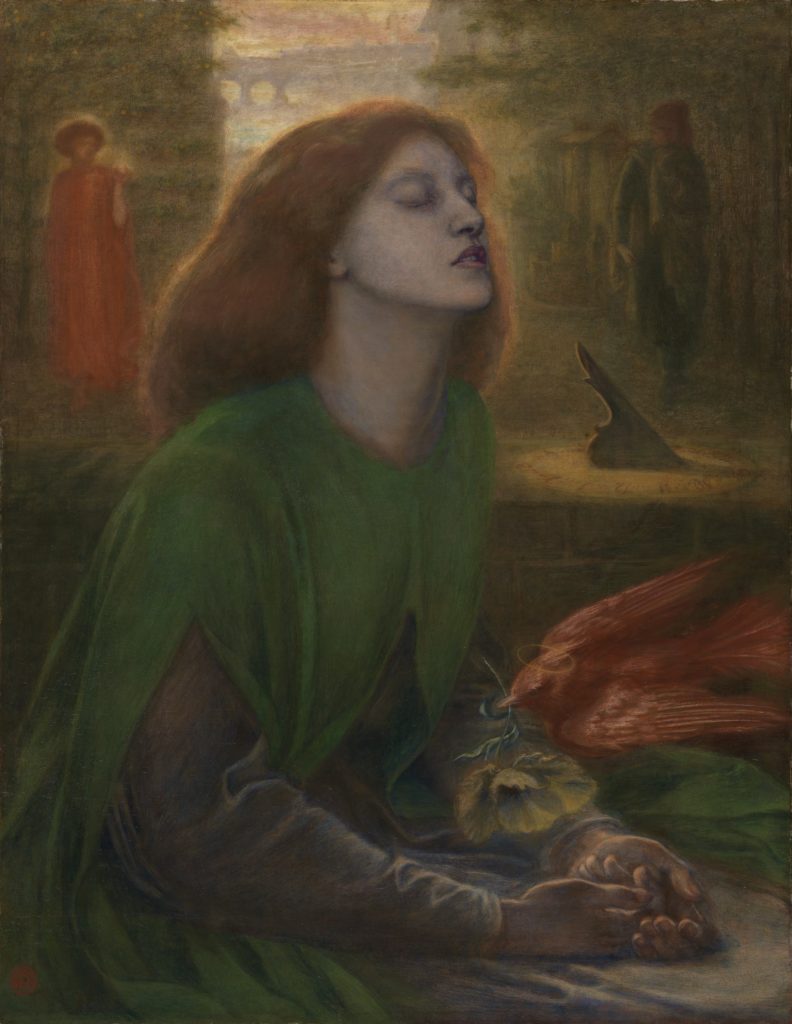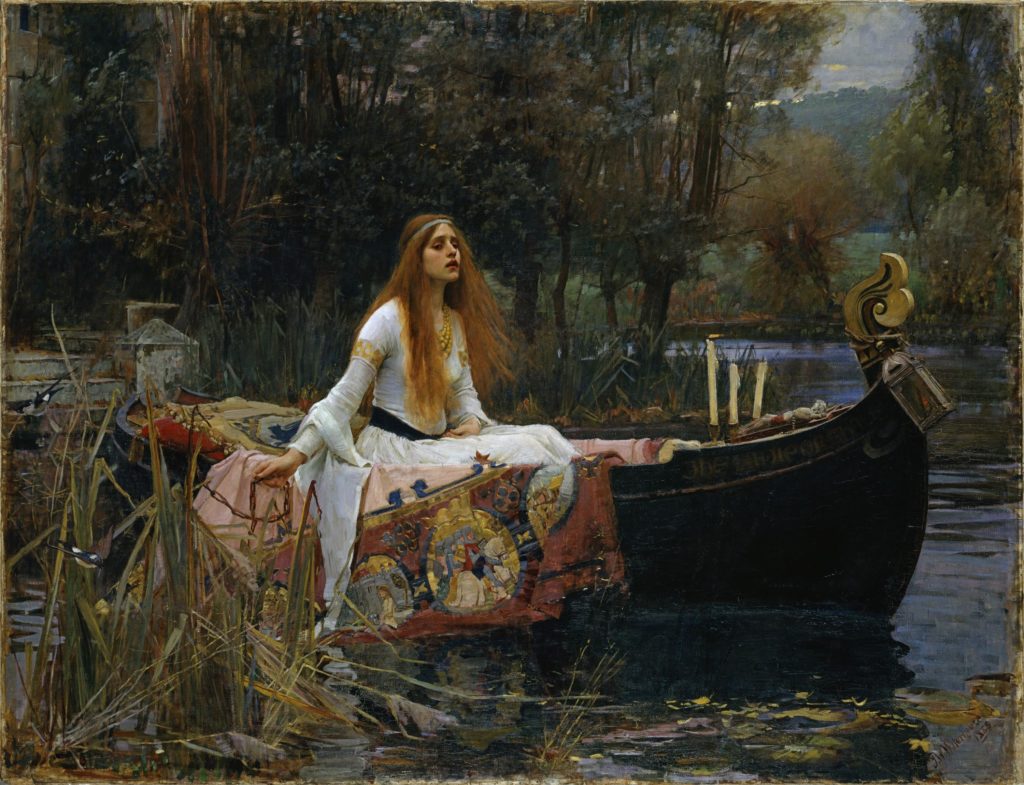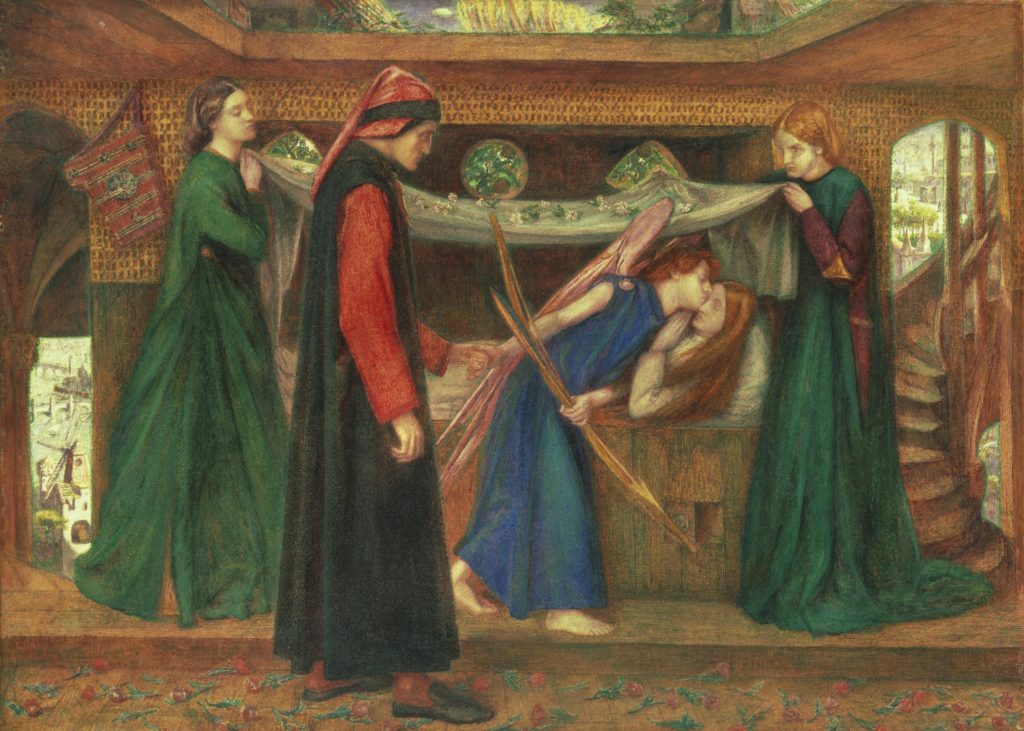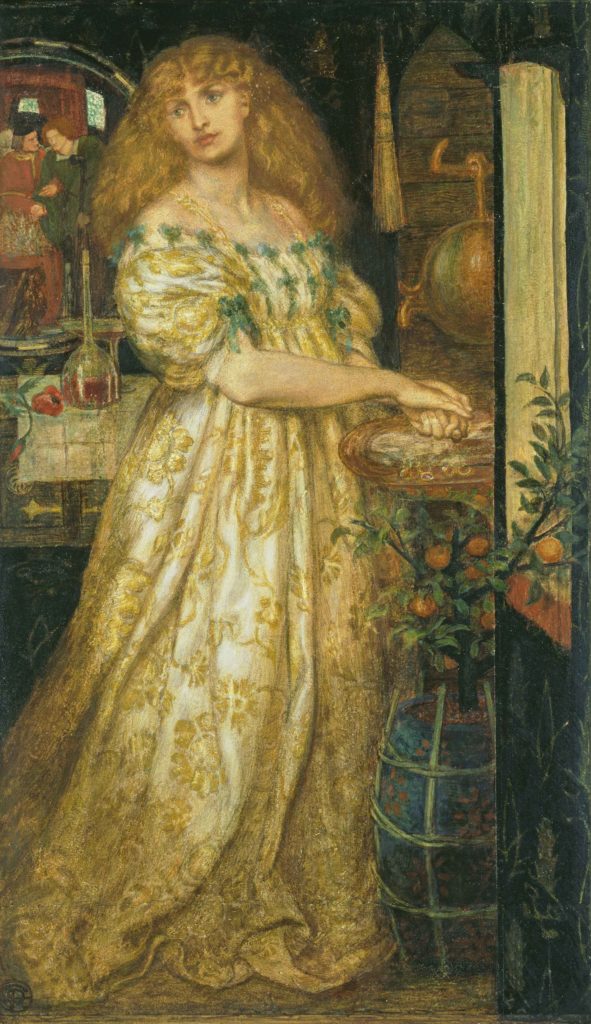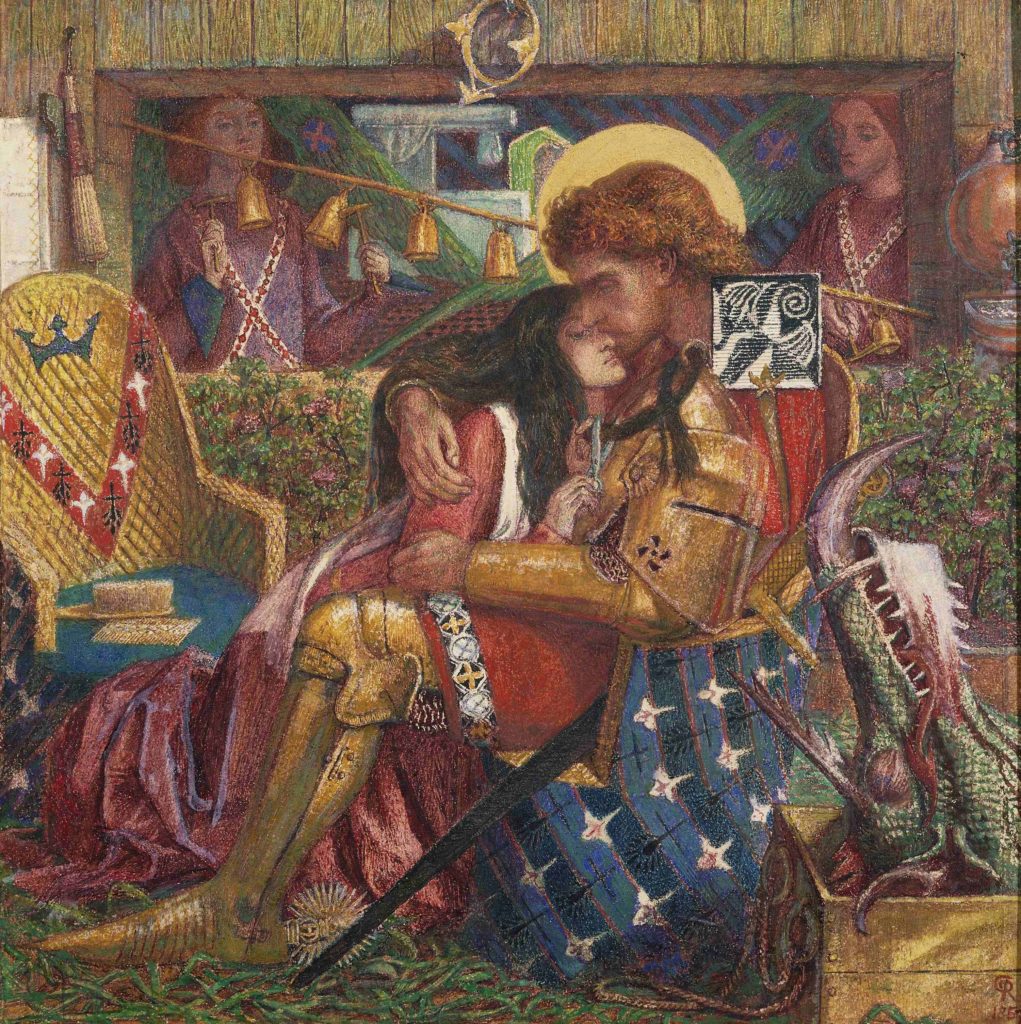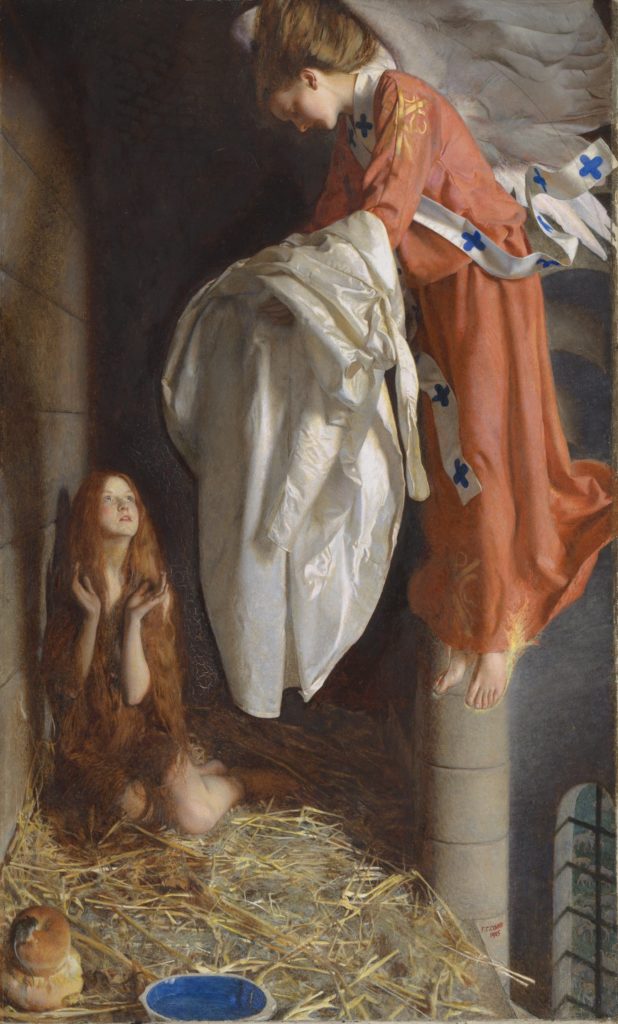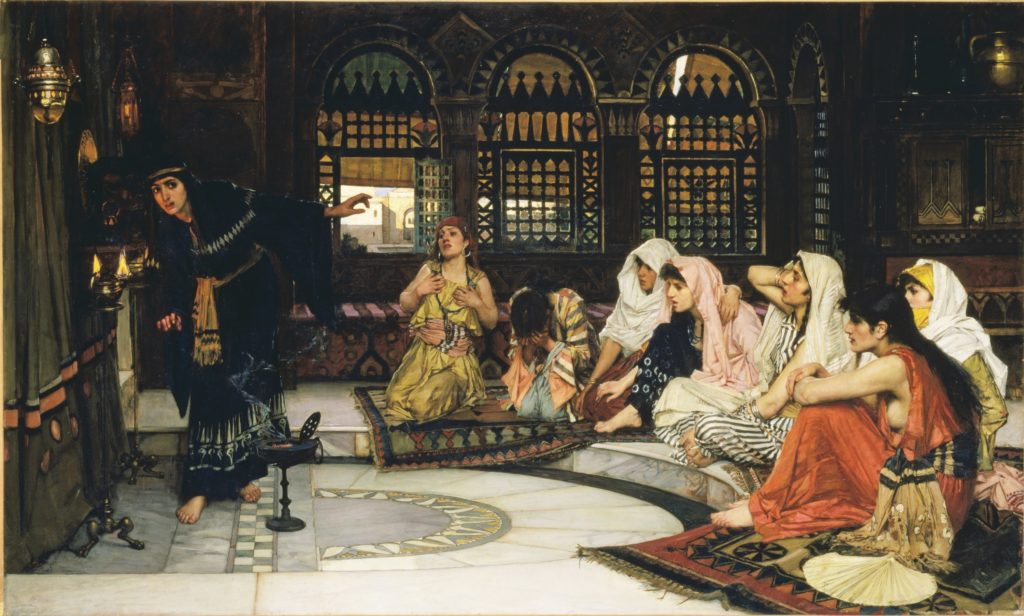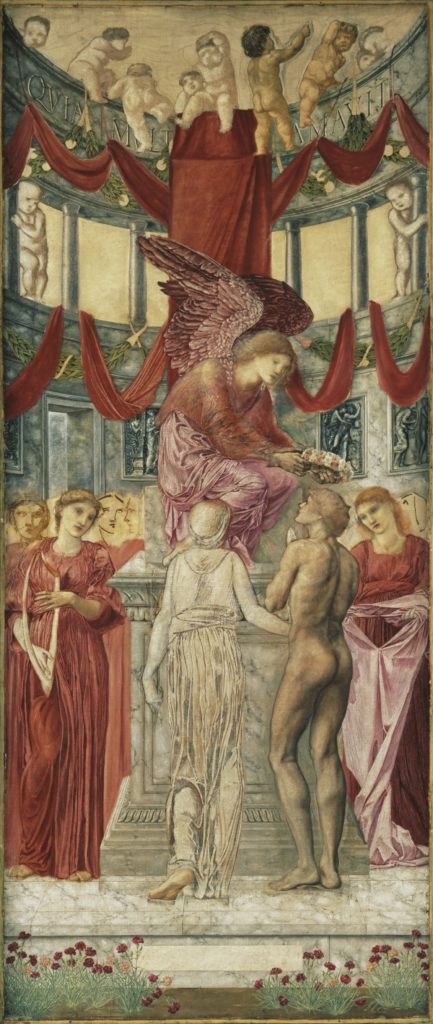We use cookies to provide you with the best possible service and a user-friendly website.
Please find our Privacy Policy on data protection and data management here
Please find more information on the cookies here
Desired Beauty. Pre-Raphaelite Masterpieces from the Tate Collection
Building C, Ground floor - 13 May – 26 September 2021
Desired Beauty, the first comprehensive exhibition in Hungary displaying close to one hundred masterpieces from the unrivalled Pre-Raphaelite collection of Tate, is on view at the Hungarian National Gallery from 13 May through 26 September. The works of the Pre-Raphaelites, the artists of the most influential British art movement in the nineteenth century, occupy a prominent place in the collection of Tate, which holds the national collection of British art after 1500. This exhibition is accompanied by The Beauty of Utopia – Pre-Raphaelite influences in the Art of Turn-of-the-century Hungary, also at the National Gallery, showcasing the impact of the movement in Hungary.
Visitors to the first comprehensive exhibition in Hungary on the Pre-Raphaelite movement can view almost forty paintings and more than fifty graphic works from the world-renowned Pre-Raphaelite collection of Tate in London. The exhibited masterpieces include Ecce Ancilla Domini! (Annunciation) and Monna Vanna by Dante Gabriel Rossetti, the founder of the movement, The Order of Release 1746, painted by John Everett Millais in 1852–1853 and The Lady of Shalott (1888) by John William Waterhouse. One of Rossetti’s cardinal pieces, The Day Dream, a Pre-Raphaelite work of iconic beauty, was loaned to the National Gallery by the Victoria and Albert Museum in London.
The seven-member Pre-Raphaelite Brotherhood (P. R. B.) was founded in 1848 by Dante Gabriel Rossetti, John Everett Millais, and William Holman Hunt in revolt against the Royal Academy’s conservative educational principles. As the choice of the group’s name also suggests, its members regarded medieval and early Renaissance art, predating Raphael, as their model. Embracing the theories of John Ruskin – a prominent art critic and social philosopher of the period, and later their patron – the young Pre-Raphaelites made an attempt at a thematic and stylistic renewal of painting in their depictions of nature as well as their works inspired by the Bible, historical events, literature, and addressing social issues. Following the break-up of the group in 1853, Rossetti became the leading figure of the second phase of Pre-Raphaelite art, and his aesthetic movement exerted great influence across Europe. Joined by Edward Burne-Jones and William Morris, he looked for connections between the fine arts, poetry, and music and under the spell of the cult of beauty, sought to demolish the borderlines between genres. Opposed to the soul-destroying, mechanised world and mass production of the industrial revolution, Morris advocated the importance of building aesthetic environments and reviving handicraft traditions. He initiated the total art movement of Arts and Crafts, extending to the various branches of fine and applied arts.
The exhibition presents the art of the Pre-Raphaelites in nine sections.
The first three units, titled Medieval Moderns, Painted Poetry and Secular Faith, give an account of the beginnings of the movement and highlight the key role played by poetry and religion. The members of the brotherhood wrote poems, novellas, and essays too. According to Rossetti, a work of art can only be interpreted by another work of art, so he often treated the same subject both in poetry and painting, calling the final result a “double work”. The activity of the Pre-Raphaelites exerted a major impact on the development of the genre of illustration. A significant part of Pre-Raphaelite paintings was constituted by biblical compositions, whose protagonists were modelled after people of modern England, the artists’ contemporaries, often their relatives and friends, which is why these works were regarded by many as overly realistic. Despite the repeated criticism, their pictures enjoyed great popularity and became widely known in reproductions, illustrations, and copies.
The depictions in the sections Modern Life and True to Nature focus on the problems of everyday life in England, such as work, the emancipation of women and raising children, thus reflecting a far more realistic, almost scientifically objective approach to nature. Indeed, the Pre-Raphaelite artists followed the most recent developments of the sciences, especially those in the fields of geology, meteorology, and botany.
Underpinning the next three chapters of the exhibition are platonic love, body, soul, and divine beauty. The Pre-Raphaelites explored the psychological problems of modern life and modern love in medieval stories, and in their chief works they treated the themes of romantic love, betrayal, desire, and unfaithfulness. Rossetti and his young, second-generation Pre-Raphaelite followers were the main representatives of what is referred to as the aesthetic movement with focus on seeking beauty. Their female portraits bearing the features of their contemporaries, lovers, and partners – often depicted in biblical and mythological roles – conveyed a modern ideal of beauty. Since in their aesthetic approach they claimed that all branches of art belong together, their influence was manifest in the applied arts, poetry, and music alike.
The section titled Myths and Legends has modern women protagonists at their focus. As a result of the struggle fought by women in the nineteenth century for political emancipation, many people believed that strong and independent women might pose a threat to the established order of morals, family and society. The Pre-Raphaelite artists were the first to address these fears and created stunningly strong female figures. They presented these women, depicted in the guise of goddesses, temptresses and various mythological characters, as real femme fatales bringing danger both upon others and themselves.
The curator of the exhibition is Carol Jacobi, Tate Britain, Curator of British Painting (1850–1915), and its co-curator is Edit Plesznivy, Head of Department of Painting, Hungarian National Gallery. Thanks to the excellent partnership between the Budapest and London institutions, the extremely successful exhibition titled Bacon, Freud and the Painting of the London School came to the Hungarian National Gallery in 2018 from Tate Britain.
The Main Sponsor of the exhibition is Gránit Bank.
The Major Sponsor of the exhibitions is Szerencsejáték Zrt.
Our Cooperating Partner is NATURALii Concept Store, the distributor of Farrow & Ball paint.
Highlights, curiosities
John William Waterhouse: The Lady of Shalott, 1888
Waterhouse was an enormously successful painter who brought the Pre-Raphaelite style and subjects to Academy canvases on a grand scale. Tennyson’s poem, The Lady of Shalott (1833) describes a heroine cursed to die if she leaves her task of embroidering scenes viewed in a mirror in her tower. She defies the curse when she glimpses Sir Lancelot. Out in the cold world, on the point of death, she frees the boat to seek him. Swallows fly low as the wind blows her hair and extinguishes her candles. Waterhouse painted in an atmospheric style and bolder brushstrokes closer to Impressionism.
Dante Gabriel Rossetti: the Day Dream, 1880
In Rossetti’s last finished painting a sense of loss transfigures the “body’s beauty” of the natural world into the “soul’s beauty” of the spirit. Jane Morris sits on the branches of a young sycamore tree, which is already in summer foliage. The honeysuckle in her hand is both in bud and wilting. She is immersed in nature, her loose, green, silk dress blending with the leaves. The girl is daydreaming – the powerful honeysuckle scent was believed to stimulate dreams. The painting and sonnet of the same title was Rossetti’s last “double work of art”. The poem imbues the season with a similar sense of passing: the painter sent it to Jane Morris at the end of summer, in September.
Desired Beauty. Pre-Raphaelite Masterpieces from the Tate Collection
13 May – 26 September 2021
Online ticket purchase

